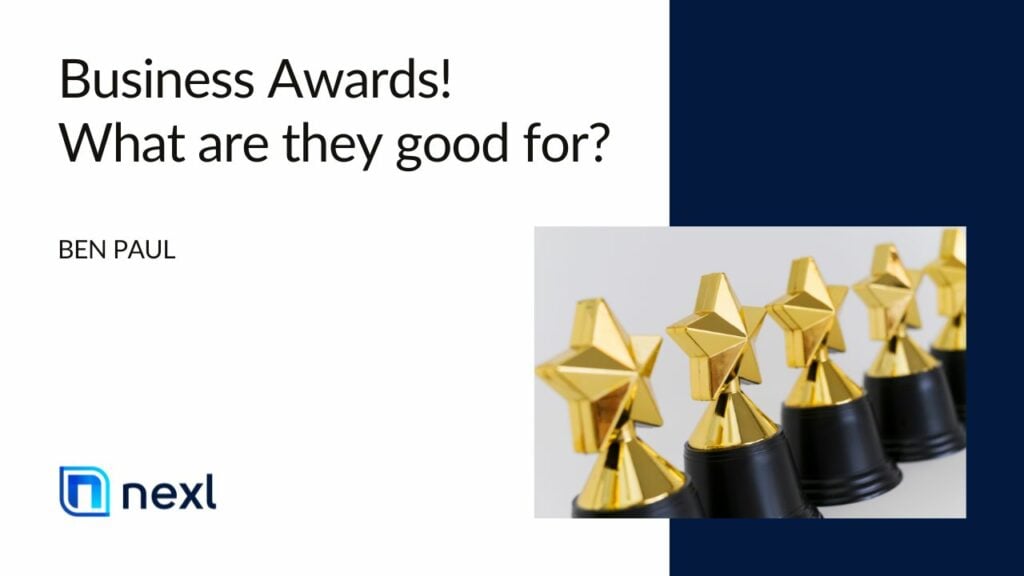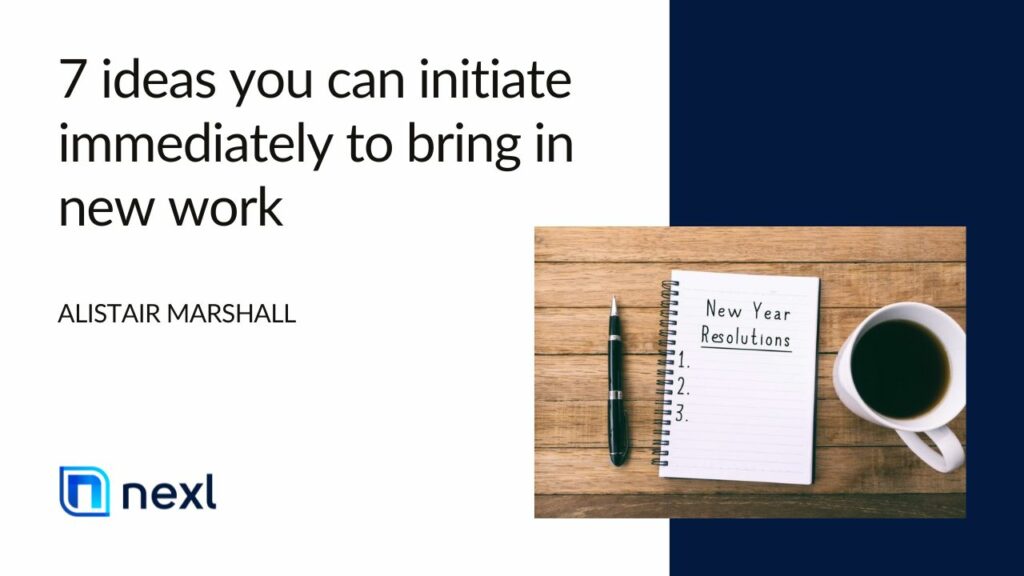ARTICLE BY DAVID FREEMAN
Techniques for Staying Connected to Important Targets
Ask any salesperson, and they’ll tell you same thing — selling is a full‐contact sport. For high‐level engagements, where trust is a cornerstone for landing the work, relationships must be built, and that process can take time. It requires ongoing, high‐value contact to form favorable impressions and stay top‐of‐mind.
The related problems are twofold.
First, our lawyers don’t necessarily know the rules of this game. By most accounts, it takes 7 to 12 contacts to close a deal. Yet, most lawyers don’t realize they should measure themselves on the number of quality touches they make with top priority targets.
Second, even if they know how to keep score, many don’t understand how to play the game at a high level. They don’t have a toolkit, or a set of approaches, for reaching out on a regular basis.
To help your lawyers navigate this challenging terrain, the following tips will provide a variety of techniques that can help them go for the win.
The first step is to focus — lawyers can’t give a high level of attention to everyone they know, so they must prioritize. They should take a good look at their contacts and develop an “A” list of the most valuable people they know (or want to know better). This group can come from a wide variety of sources, including:
Current clients.
Former clients.
Clients of other lawyers in the firm.
Referral sources.
Opposing counsel.
Prospective clients.
Friends and family.
Alumni (of the firm and schools).
Community leaders.
Associations/boards.
Media.
Personal passions/hobbies.
The folks on this list should receive the most frequent and personalized touches. For others — the “B” or “C” prospects — a plan should also be developed for ongoing outreach, but with a lesser commitment of time and energy. Keeping them on an email distribution list, with a periodic call or visit, could be an appropriate way to stay on their radar.
Quick Hit 1: The first step is to focus — lawyers can’t give a high level of attention to everyone they know, so they must prioritize.
Making Contact
Few people love a cold call, whether it’s the caller or the recipient. Making contact that is welcomed and valued is the key to successfully nurturing relationships. To that end, the following are some approaches that can be used to kick open the door for a conversation.
Current events: Keep an eye out for relevant news, and use the information as a reason to make contact. Example: “Hi John, I noticed you were just promoted to head of the division. Congratulations! Is there anything we can do to help you in your new position?”
Review: Offer to look over some policy, procedure or document. Example: “Hi Fran, I wanted to get in touch because it’s been a while since we looked at your employee manual. I’m happy to send it to our employment team, at no fee to you, for a quick review.”
Practice focus: Discuss a specific area of law that is highly relevant for them. Example: “Hans, our team was thinking about you because, as you know, there are many new health care regulations. We thought it might be helpful if we came out to do a short presentation on areas that will definitely impact you and the company.”
Matter management: Tell them how you’ve helped similar businesses solve problems. Example: “Hi Theresa, I’m getting in touch because we recently helped a client develop some creative ways to defend against claims that are similar to yours. We thought you might want to hear about some of the approaches we’ve developed.”
Goals/client service: Make contact to learn about how well your firm did for a client over the past year, identify their goals going forward, and see if there are ways you can help. Year‐end is a great time to use this approach.
Example: “Hi Patel, it’s been about a year since we had our last check‐in. We’d love to have a conversation to learn what we can do to help you achieve your goals for the coming year, and we’d also welcome your feedback on our service.”
Colleague: Offer an opportunity to co‐present or co‐author with you. Example: “Hey Katarina, I’ve been asked to present on a topic that’s in your sweet spot, and I thought it would be great to co‐present with you. Would you be interested?”
Social: Reach out with something fun they would enjoy doing. If you and your contact have families, suggest something that would be enjoyable for all of them. Example: “Hi Damon, I have some tickets to the Disney On Ice ‘Frozen’ show. Would you and your family be interested in joining my family to see it?”






